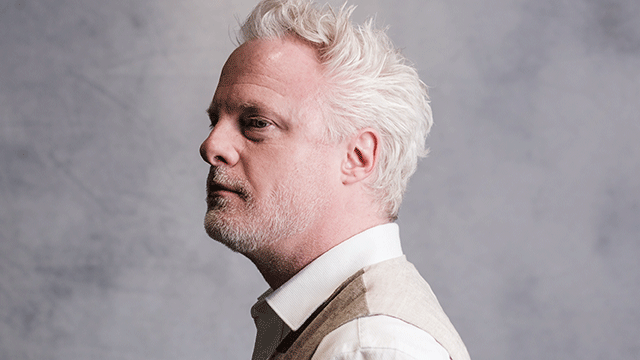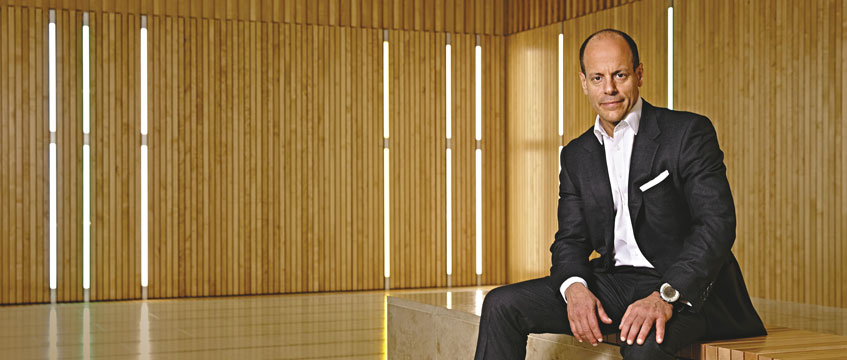The August’s issue of the UK magazine The Economist carries a piece on the central and eastern European economies headlined “The party is nearly over”.
CB Richard Ellis’ CEE chairman Andreas Ridder was not very impressed with the content. “The article says that the region’s economies will go down a bit, but they don’t provide much hard evidence to back this up,” Ridder says.
Across the region there are some specific difficulties, he admits, such as the strong zloty in Poland that makes Polish exports expensive. “But there is no evidence yet that such economies will come into deeper problems,” Ridder adds.
The fortunes of central and eastern European office markets are in general much more difficult to predict than western European ones because of the CEE’s reliance on western companies for their outsourced functions.
“There is significant demand coming from this source. So far we have higher demand than expected and that is probably because western companies are becoming more cost-conscious,” says Ridder. This will benefit office markets such as Sofia and Belgrade where, although there is a lot of supply in the pipeline, the cities are perfect outsourcing locations for future use by western firms.
Investment activity in CEE in the first half of this year is relatively high compared with the overall European slowdown. The total amount invested was €5.9bn, a 14% fall on the same period in 2007, and 24% down from H2 2007 results, according to CB Richard Ellis.
It now takes longer to close deals because banks are restricting lending policies and the number of buyers is declining. Mike Edwards, director at Cushman & Wakefield’s Budapest office, says: “What protects us is partly the supply side, as there are only a limited number of buildings coming to market over a year.
“Also, 12 months ago, when we were selling the 40,000 m2 Campona Shopping Centre in Budapest, we had between 15 and 20 bidders. Now we’re finding only three runners for an asset. But you only need one of those to deliver and we have a sale.
“People are still buying. German funds are now 25 basis points behind the debt buyers of a year ago in terms of yield, and they are winning the bids.” But he adds: “This status quo will not carry on indefinitely and issues with financing will come in to play and people will see some harsher reality.”
The Campona Centre was won by ING Real Estate at a yield rumoured to be below 6%. It is hard to say where levels will go next.
John Verpeleti, AXA Real Estate Investment Management’s head of central Europe, says: “We are in a hiatus period and we don’t know about yields. There is potential for a 25-50 basis point outward movement.”
Jones Lang LaSalle’s CEE head of research, Kevin Turpin, says: “We have seen an expansion of yields, less than those of western Europe. But we think that’s there’s a time lag and we expect prime yields of 5.75% to 6% to move out slightly next year, maybe marginally on prime, but certainly more on secondary property.”
Rents support property values?
Some observers say that rental growth will help to support property values over the next 12 months. Turpin says that rents in Prague have been very flat for ten years and could rise by up to 10%. Last year, Warsaw rents increased by 30%, although this rate is not sustainable.
According to Ridder, the Mokotow location in Warsaw will see a lot of development coming on stream over the next two years and this district could suffer. Growth of the development pipeline is being impeded by exploding construction costs. Any danger of an overheating development sector is fast receding because construction finance is hard to come by without a letting guarantee.
David Hutchings, head of European research at Cushman & Wakefield, says: “We expect rental growth to ease to around 3-4% at best this year. However, because markets in general are not oversupplied and development is being cut back by trends in financing, building costs and risk appetite, an upturn in the market in 2010 could well deliver strong performance for investors.
He adds: “A growing number of equity investors appear to be ready to take advantage of this and look set to re-enter the market as soon as financing markets stabilise.
“As a result, we are still optimistic that the market will recover more rapidly than some seem to expect.”
But Verpeleti finds it hard to see a convincing rental growth story for any CEE city, although he concedes that Warsaw has enjoyed a boom in rents, mainly the result of a stock shortage.
German fund managers are the leading buyers in the region. This month Degi International made its second investment in Prague – Andel Palace – for €57m. The seller is a partnership that owns Czech & Slovak Investment Advisors and Develon, backed by Quinlan Private of Dublin.
Degi’s chief executive, Bärbel Schomberg, says that she is boosting the firm’s assets in CEE because of the region’s “dynamic economic development”. Although Degi says that the Russia market is higher risk, it thinks that now could be the right moment to invest in the country and it is understood that the fund manager is close to closing its first two property deals there.
Property firms, mostly from the UK and Scandinavia, have been the most active buyers of real estate in the first six months of 2008, taking 58% of the deals. The second most active group was other collective vehicles, with 34% of the volume.
Around half of this was invested by German open-ended fund managers (€1.5bn). The open-ended funds are selective in their purchases but are aggressive buyers and focus on high- quality assets. Agents note that quality has again become essential, so the market for secondary assets has become much less liquid.










